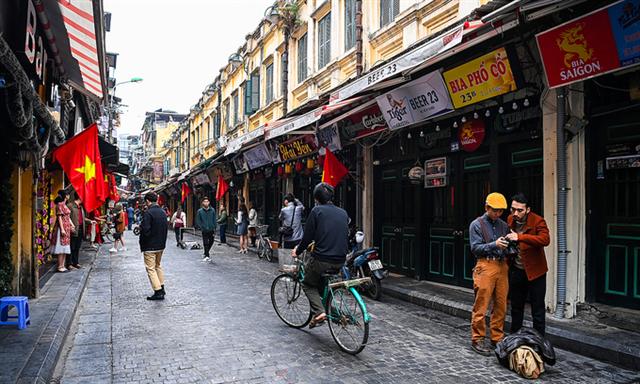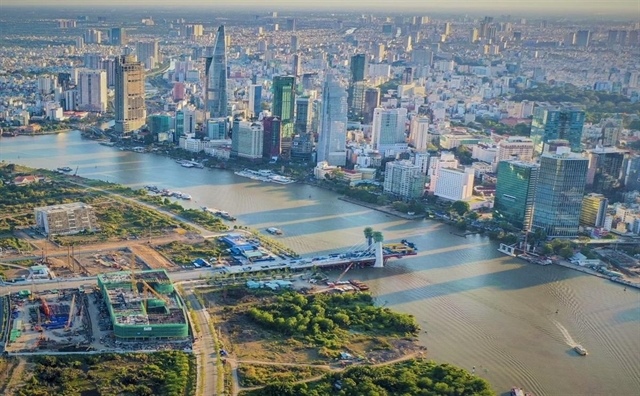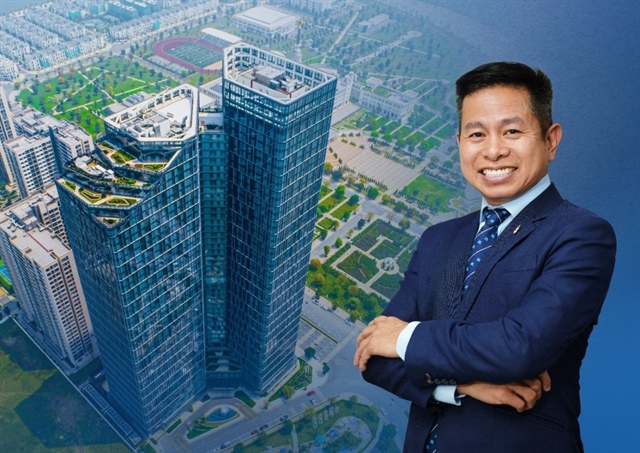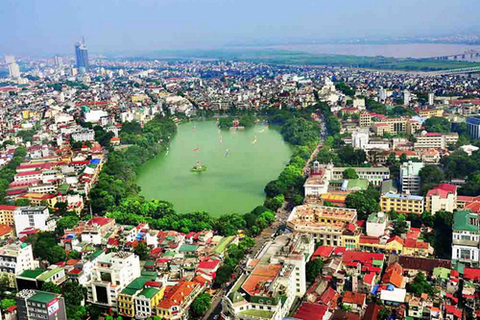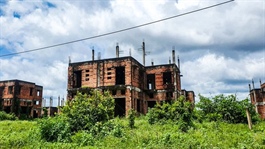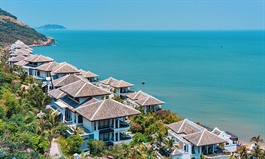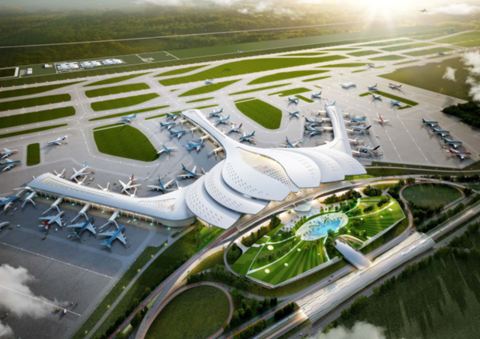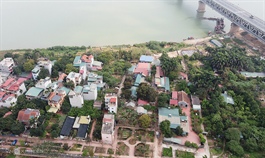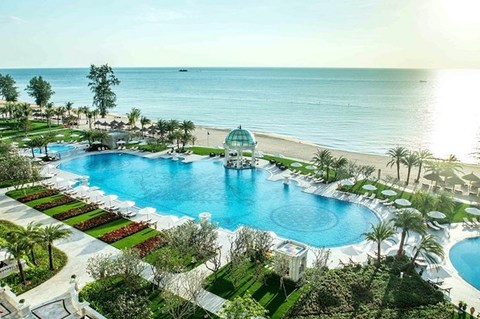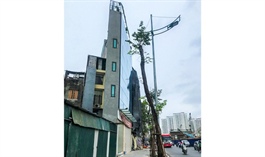Projected relocation of 210,000 residents to decongest downtown Hanoi
Projected relocation of 210,000 residents to decongest downtown Hanoi
Four districts in downtown Hanoi would see their populations drop by around 210,000 in 2030, according to an urban planning project announced by the city Monday.
A section of Ta Hien Street, part of Hanoi's iconic Old Quarter, on the first day of the Lunar New Year, February 12, 2021. Photo by VnExpress/Giang Huy.
|
The urban planning project, covering over 2,700 hectares, aims to manage the local population and improve infrastructure in the capital's "historical downtown districts" of Hoan Kiem, Ba Dinh, Dong Da and Hai Ba Trung.
To reach the project’s population reduction goal, from the current 880,000 to 670,000 in 10 years, the Hanoi Department of Planning and Architecture said the capital would move citizens out of downtown areas, while also relocating facilities like universities, hospitals and administrative entities, among others.
Hanoi would also balance its resources and capital to invest in the synchronization of both technical and social framework infrastructure, while focusing on developing satellite cities and eco-cities to create new population centers, which should reduce population density downtown.
Nguyen Duc Hung, deputy director of Hanoi Urban Planning Institute, said the capital also plans to avoid building skyscrapers in downtown areas.
"Within the next decade, Hanoi would see a reduction of around 215,000 people in four inner districts," he noted.
"Aound 120,000 people would be relocated as new roads are built and intrusive public structures are removed. Meanwhile, 100,000 people would be relocated together with administrative entities."
Duong Duc Tuan, deputy chairman of Hanoi People's Committee, said besides the four districts, Hanoi’s other historical downtown zones include Tay Ho District and an area from Ring Road 2 to the right bank of Red River. These areas currently house around 1.2 million people, and the number is expected to drop to around 800,000 by 2030, Tuan said.
The Old Quarter is defined as an urban area with historical and cultural value, serving commerce, services, tourism, and accommodations purposes.
Buildings in the Old Quarter are limited to up to four floors, or 16 meters in height, in accordance with the planning project.
Hoan Kiem Lake and its surrounding areas are defined as Hanoi’s "scenic" locations, acting as cultural, administrative, commercial, service and tourism centers, also including accommodation.
Old urban areas are home of structures considered historically, architecturally and culturally of value. These areas include workplaces, homes and centers of commerce and finance. Buildings along these old street areas would only be allowed to have up to six floors, 22 meters in height.
A certain section is defined as areas of restricted development, where construction of high-rise buildings as accommodation would be limited, and buildings could only be up to seven floors, or 25 meters, high.
According to the project, high-rise structures would be situated along ring roads and roads leading to downtown areas, among others. At such areas, the city would strive to reduce building density to make room for trees and parking lots.


